Table of content
Bowl cake, known in Cantonese as 钵仔糕 (bot cho go), is a beloved traditional dessert originating from Southern China. This delicate, chewy treat is steamed in small clay or porcelain bowls, resulting in a soft, springy texture with a slightly sticky center. While its simplicity is part of its charm, achieving the perfect consistency requires precision and an understanding of visual and tactile cues. This article delves into the nuances of cooking 钵仔糕, exploring the science behind its preparation, the indicators of doneness, and common pitfalls to avoid. Whether you’re a novice baker or a seasoned chef, mastering these techniques will ensure your bowl cakes are consistently flawless.
The Science Behind钵仔糕
Before diving into the cooking process, it’s essential to grasp the ingredients’ roles. Traditional 钵仔糕 relies on a blend of rice flour, tapioca starch, sugar, and water. Rice flour, made from finely milled rice, provides the base’s structure, while tapioca starch contributes to the signature chewiness. Sugar not only sweetens the mixture but also lowers the freezing point, enhancing the texture. When combined with water and steamed, these ingredients undergo gelatinization—a process where starch granules absorb moisture, swell, and create a gel-like network. Achieving the ideal balance between these elements is critical; too much starch can lead to a gummy texture, while too little may result in a runny, unset cake.
Equipment and Preparation
The right tools are as important as the ingredients. Classic 钵仔糕 is steamed in small, shallow bowls (钵仔), typically made of clay or porcelain. These materials distribute heat evenly, preventing hotspots that could cause uneven cooking. Modern variations may use silicone molds or metal tins, but traditionalists swear by the original materials for authentic flavor and texture.
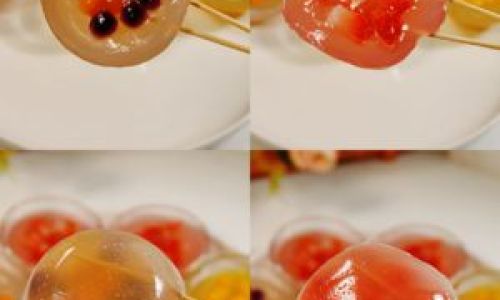
Essential Tools:
- Steamer: A bamboo steamer is ideal for its porous structure, which allows steam to circulate freely. Metal steamers work but require careful monitoring to prevent condensation from dripping onto the cakes.
- Mixing Bowls: Use heat-resistant glass or stainless steel bowls to combine ingredients.
- Whisk: A balloon whisk ensures even mixing without over-agitating the batter.
- Fine-Mesh Sieve: Straining the batter removes lumps, yielding a smoother texture.
- Toothpick or Skewer: For testing doneness (more on this later).
Preparation Steps:
- Grease the Bowls: Lightly coat the interior of each bowl with neutral oil (e.g., vegetable or coconut) to prevent sticking.
- Prepare the Steamer: Fill a wok or large pot with water, ensuring it does not touch the steamer basket. Bring the water to a rolling boil before adding the cakes.
- Measure Ingredients: Precision is key. Use a kitchen scale for accuracy, especially when experimenting with ratios.
The Cooking Process: Step by Step
Mixing the Batter
The batter’s consistency directly impacts the final texture. Begin by combining dry ingredients (rice flour, tapioca starch, sugar) in a mixing bowl. Gradually whisk in water until smooth. The ideal batter should resemble heavy cream—thick enough to coat a spoon but still pourable. Overmixing can activate gluten in the flour, leading to a tough cake, so stir gently until just combined.
Straining
Pass the batter through a fine-mesh sieve to eliminate lumps. This step ensures even cooking and a velvety mouthfeel.
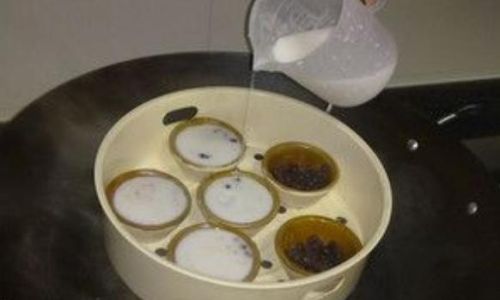
Pouring into Bowls
Fill each greased bowl to about 80% capacity. Overfilling risks spillage during steaming, while underfilling may produce flat, unappealing cakes.
Steaming
Place the filled bowls into the preheated steamer. Cover with a lid wrapped in a clean kitchen towel to absorb condensation—a crucial step, as droplets can create unsightly bumps or waterlogged spots. Steam over medium heat for 15–25 minutes, depending on bowl size and stove intensity.
Key Indicators of Doneness
Determining when 钵仔糕 is cooked requires attention to multiple sensory cues. Relying solely on time can be misleading, as variables like stove temperature, bowl material, and batter thickness affect cooking speed. Here’s how to assess doneness accurately:
Visual Cues
- Surface Texture: As the cake cooks, its surface transitions from glossy and liquid to matte and slightly puckered. Small bubbles may form, but they should not dominate the surface.
- Color: The batter will shift from milky-white to translucent, with a faint sheen. Overcooked cakes may develop a yellowish tinge or dry edges.
- Opacity: Gently tilt the bowl. Undercooked batter will flow like liquid, while a set cake will hold its shape, though it may still wobble slightly.
Tactile Tests
- The Jiggle Test: Lightly shake the bowl. A perfectly cooked 钵仔糕 will have a gentle, uniform jiggle—similar to a set custard. If the center sloshes like liquid, it needs more time.
- Touch Test: Carefully press the center with a clean finger. It should spring back slightly, leaving a faint indentation. Overcooked cakes will feel firm and dry, while undercooked ones will leave a sticky residue.
The Toothpick Test
Insert a toothpick or thin skewer into the center. If it emerges clean or with a few moist crumbs, the cake is done. Undercooked batter will cling to the toothpick, while overcooked cakes may leave dry crumbs.
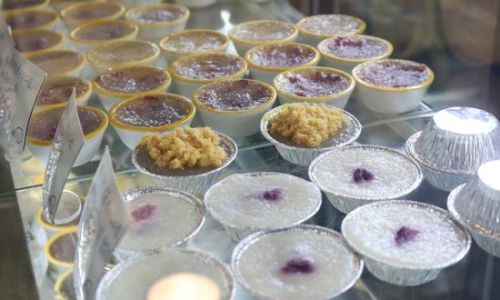
Edge Separation
As the cake cooks, it will pull away from the bowl’s edges. This indicates proper gelatinization of the starches. If the edges remain stuck, the cake is likely undercooked.
Common Mistakes and How to Avoid Them
Overcooking
Symptoms: Dry, rubbery texture; yellowed edges; excessive shrinkage.
Solution: Reduce steaming time by 2–3 minutes. Use a lower heat setting to prevent rapid evaporation.
Undercooking
Symptoms: Sticky center; liquid batter on the toothpick; uneven jiggle.
Solution: Increase steaming time in 1-minute increments. Cover the steamer tightly to trap heat.
Uneven Cooking
Symptoms: Overcooked edges with raw centers; lopsided texture.
Solution: Arrange bowls evenly in the steamer. Avoid overcrowding, which blocks steam circulation. Rotate bowls halfway through cooking for consistent heat.
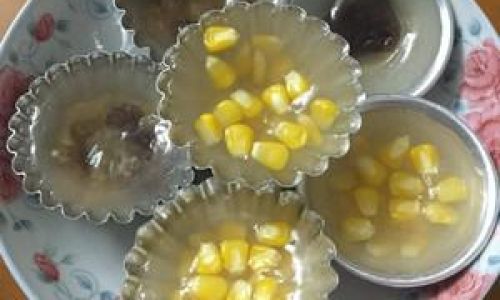
Soggy Bottoms
Symptoms: Wet, gummy base; separation from the bowl.
Solution: Ensure the steamer’s water level is below the bowl bases. Use a trivet or rack to elevate bowls above direct water contact.
Advanced Techniques for Perfect Bowl Cakes
Temperature Control
Maintaining a steady steam temperature is critical. High heat causes rapid evaporation, leading to dry cakes, while low heat prolongs cooking and risks unevenness. Use a medium flame and monitor water levels to prevent boiling dry.
Flavor Variations
Adding ingredients like coconut milk, pandan extract, or fresh fruit purees alters the batter’s consistency. Adjust steaming time accordingly—thicker mixtures (e.g., those with mashed sweet potato) may require additional minutes.
Resting Period
Allow cakes to cool for 5–10 minutes after steaming. This resting period completes the gelatinization process, firming the texture. Resist the urge to unmold immediately, as hot cakes are delicate and prone to tearing.
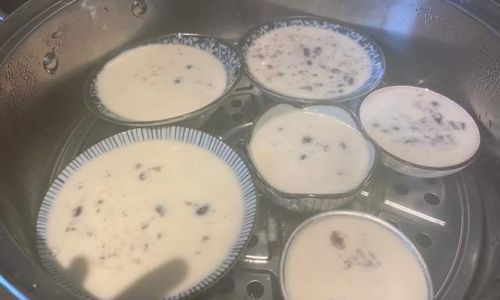
Unmolding Technique
Run a thin knife or offset spatula around the bowl’s edge to loosen the cake. Invert onto a plate and tap gently. If stuck, briefly re-steam for 30 seconds to soften the edges.
Troubleshooting Guide
| Issue | Cause | Solution |
|---|---|---|
| Gummy texture | Overmixing or excess tapioca starch | Reduce starch by 5–10% |
| Dry, crumbly edges | Overcooking or high heat | Lower heat; shorten steaming time |
| Sticky center | Undercooking | Increase time; check water levels |
| Bubbles on surface | Rapid boiling or uncovered steamer | Wrap lid in towel; maintain gentle steam |
| Uneven jiggle | Uneven heat distribution | Rotate bowls; use a single-layer steamer |
Cultural Significance and Modern Adaptations
钵仔糕 has deep roots in Chinese street food culture, often sold by vendors pushing carts laden with steaming bowls. Traditional flavors include red bean, taro, and coconut, but modern iterations embrace creativity—think matcha, black sesame, or even savory options like salted egg yolk. Despite these innovations, the cooking principles remain unchanged, underscoring the dessert’s timeless appeal.
Conclusion
Mastering 钵仔糕 is a testament to patience and observation. By understanding the interplay of ingredients, equipment, and sensory cues, you can consistently produce cakes that balance tenderness and chewiness. Remember, practice is paramount—each batch hones your ability to “read” the cake’s progress. Whether enjoyed warm with a cup of tea or chilled on a summer afternoon, a perfectly cooked 钵仔糕 is a small but profound culinary triumph. So, steam with confidence, experiment fearlessly, and savor the rewards of your newfound expertise.
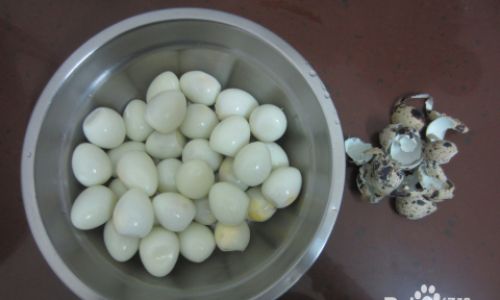
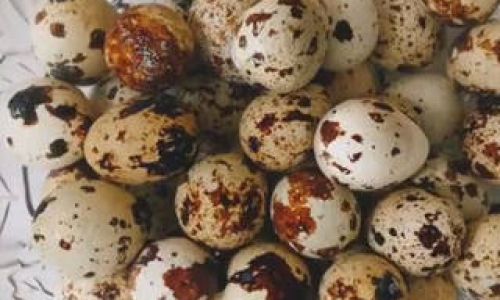
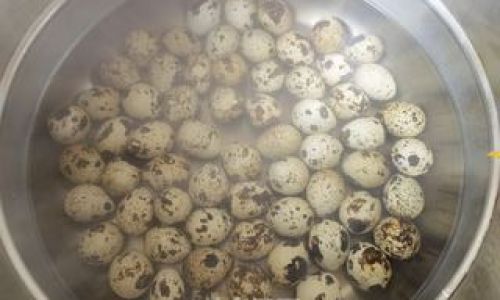
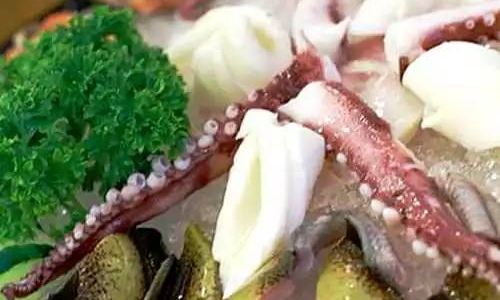
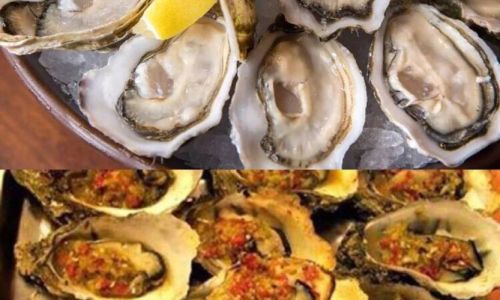

0 comments